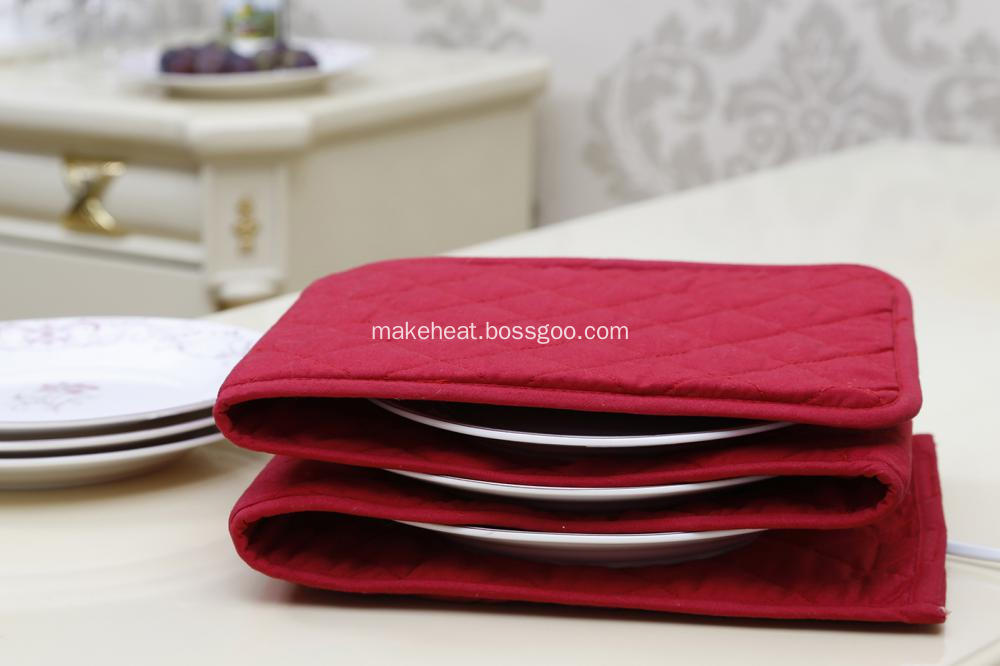Using intensive techniques to cultivate edible mushrooms such as oyster mushrooms, mushrooms, and mushrooms can achieve high yield, high efficiency, high quality, and low consumption of edible fungi.
There are many cultivation methods for intensive mushroom cultivation in the plant. In the cold winter, it is most suitable to adopt indoor heating cultivation; the indoor heating methods include pipe heating, coal stoves, etc., taking into account the cost and practicality, the use of coal furnace heating The most effective, the device is suitable for relatively cold areas, can achieve low cost, warming fast, easy to operate; in the cold season cultivation of mushroom and other edible fungus, pest damage is light, the rate of contamination of bacteria is low, high yield stable performance, mushroom body Large cover, thick cover, short handle, good color quality, high quality, and fewer vegetables in winter, it is easy to occupy the market, get the ideal efficiency; in the hot summer, the use of underground, semi-subterranean cultivation, the temperature can generally be lower than the ground Around 10°C, the environment is cool, the bacteria contamination is light, the pests are few, it is very suitable for the cultivation and growth of edible fungi, the yield can be up to 2 times higher than the ground cultivation, and the quality of the mushrooms is good, and the taste is high; especially the mushrooms are difficult during high temperature Cultivation, low yield, and less market, at this time the use of this technology is very significant.
The intensive production of raw materials is mainly embodied in time saving, energy saving, low consumption, and high efficiency. The selection of raw materials is of utmost importance. For example, Pleurotus ostreatus is the most easily cultivated mushroom in edible fungi, and the cultivation method is simple and the methods are various. Among them, the raw material cultivation with low cost and easy operation is the first choice; the raw materials for cultivation are raw material cultivation and clinker cultivation, and the raw material cultivation is that the culture material is not sterilized by high temperature, and the method of composting is generally adopted; After modest, pile up, cover it with a plastic sheet, and allow it to warm naturally. Each time the temperature in the center of the pile reaches 60°C, turn the edge of the material to the middle and continue to stuff, let it warm up again. After three times, it can be inoculated and bagged; by controlling a certain carbon-nitrogen ratio and high-temperature environmental conditions, it can effectively inhibit the proliferation of bacteria and promote the rapid growth of Pleurotus ostreatus.
Bag intensification For bagged cultures, some people think that small bags are loaded less, the cycle is short, but the output is low, and the working hours are time-consuming; some people think that large bags are loaded with high yield, but the cycle is long and the benefit is not high; Comparing the tests, it was found that the specification of the plastic bag was 1845 cm (30 cm after loading), and 0.6 kg of dry material was the best; three layers of strains were used in the bagging method, ie two layers each layered In the middle, a layer of bacteria is added, which is more suitable for intensive production.
The difference between management intensification and conventional cultivation is that the intensive cultivation technique adopts the method of positioning mushrooms; the oyster mushroom, etc. grows from the oxygen-enriched holes reserved at the time of bagging, which can effectively prevent mushroom buds from growing during the growth process. Fight for nutrients to form a large number of shrinkage, resulting in unnecessary loss of nutrients; at the same time the conventional opening of the mushroom, mushroom plexus is too large, dead mushrooms and more, poor quality mushrooms; positioning mushroom method, do not open the mouth, the bag evaporation of water is less, This enables intensive cultivation management.
The Platewarmer uses minimum of energy due to the grid design of the heating element and provides a practical way to heat 3-12 plates in less time than it takes to cook a meal, leaving room in your oven for the cooking. To use the Plate Warmer, simply place up to 4 plates in each fold and switch on.
Electric Plate Warmers are thermostatically controlled to keep the plates at the ideal temperature to serve hot food whilst leaving the outer edges safe to handle and are a safe and easy alternative to heating up plates in the oven. The Electric Plate Warmer can be personalised with your own bespoke logo and/or design colour.
Below image as reference:

Electric Plate Warmer
Electric Plate Warmers, Electric Dish Warmer, Plate Warmers for Home, Electric Warming Plate
Ningbo JustLive Electrical Appliance Co., Ltd , http://www.makeheat.net
